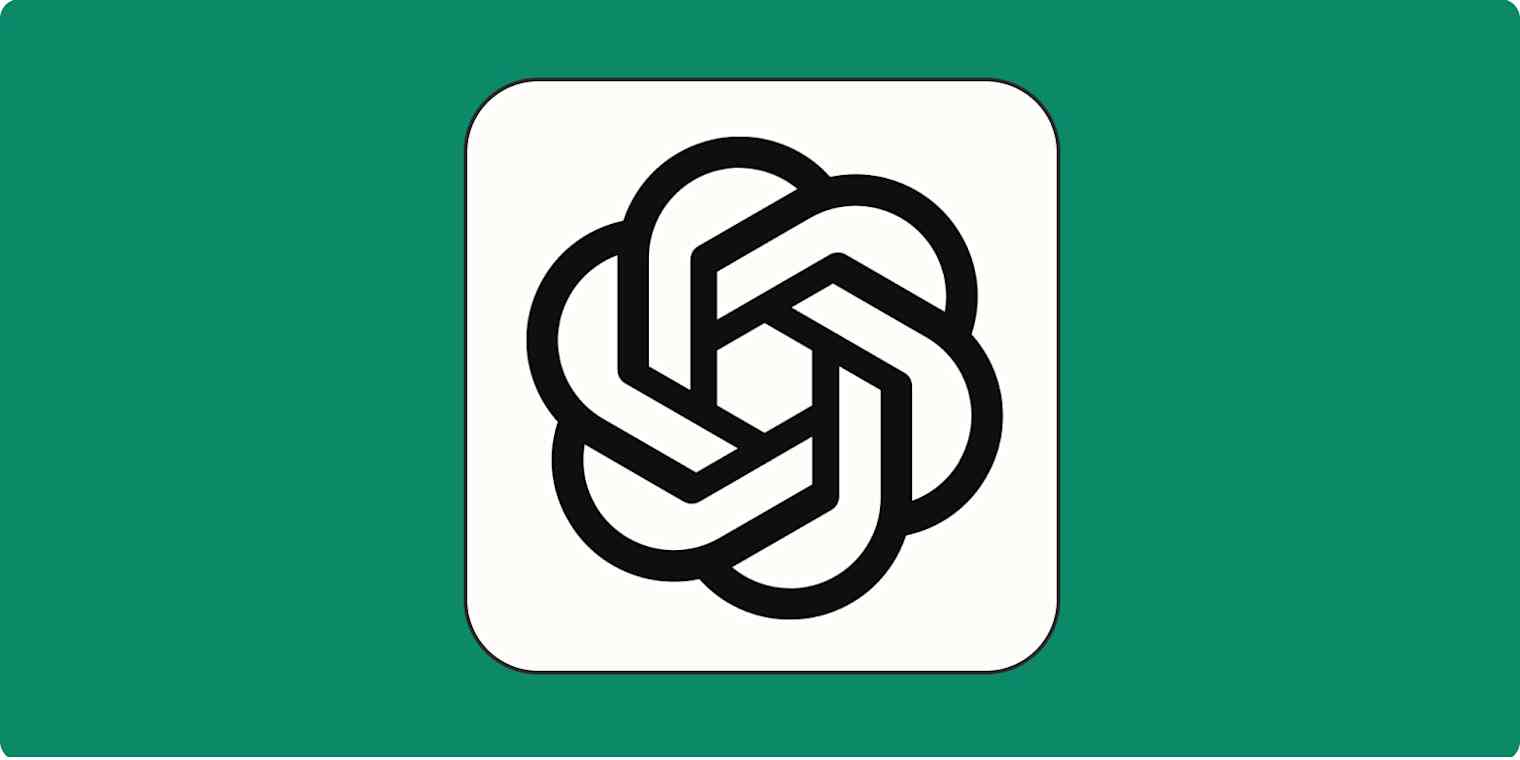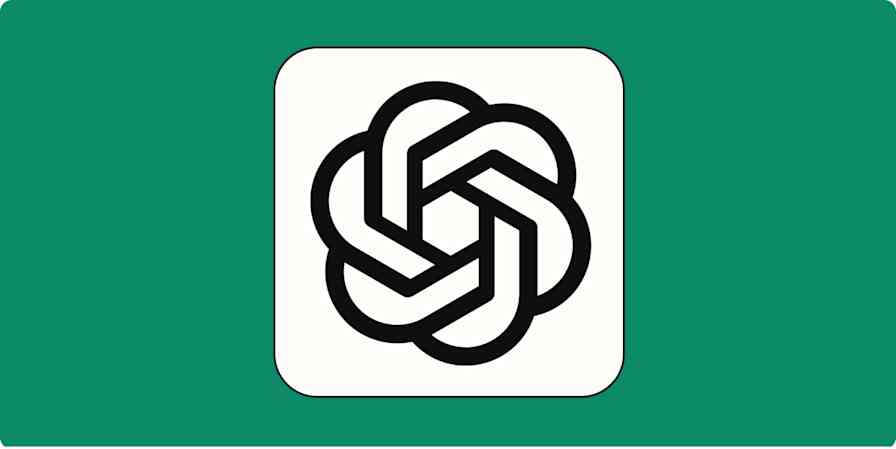There are two kinds of ChatGPT enthusiasts: those who've lifted the hood and attempted to parse the ludicrously mysterious inner workings of artificial intelligence, and those content to reap the benefits without giving themselves a headache. I fell into the latter camp, which led me to keep referring to ChatGPT as GPT (and vice versa).
As it turns out, they're not the same thing—at all. Referring to ChatGPT as GPT is like calling a Dell computer an Intel, the processor that powers it. And while Dell relies on Intel, Intel can power other computers, too.
Once I figured out the difference, I started noticing I wasn't the only person making this mistake. So I'm paying it forward: read on for the difference between GPT and ChatGPT.
Table of contents:
ChatGPT vs. GPT: What's the difference?

While both ChatGPT and GPT were built by the same research company, OpenAI, there's a key distinction:
GPT is a family of AI models trained on terabytes of internet data that give artificial intelligence (AI) applications the ability to process text, audio, images, and video (depending on the specific model). It's one of the most powerful and widely-used AI model families available.
ChatGPT is an AI chatbot that uses GPT's models to interact with humans in a conversational way. It's optimized for dialogue by human trainers, and it relies on GPT (and other OpenAI models) to produce convincing human-like responses.
Revisiting the analogy above: if we think of ChatGPT as a Dell computer, then GPT is the Intel processor that powers it. After all, different computers run on Intel processors in much the same way other AI apps, like Writesonic and Jasper, run on GPT.
What is the GPT in ChatGPT?
The GPT in ChatGPT stands for Generative Pre-trained Transformer, which is basically a description of what the AI model that powers ChatGPT does and how it works. For more details, read Zapier's guide to how ChatGPT works.
ChatGPT is an app; GPT is the brain behind that app
If you're still having trouble with the distinction, think of it this way: ChatGPT is an app, while GPT is the brain behind that app.
ChatGPT is just a chatbot—it's an app you can interact with via your web browser or using the desktop or mobile apps. It relies on GPT to process text, audio, images, and video, but it's not an AI model itself.
GPT is what's powering that app—and lots of other apps. It has an API that lets anyone tap into GPT to build their own AI applications with its functions; a lot of AI apps you use every day are powered by GPT. GPT is one of the leading industry standards for AI models right now, alongside other model families like Gemini, Claude, and Llama.
Automate ChatGPT
With the OpenAI API, you can send prompt requests directly to OpenAI's models, and get the responses directly inside your software or platform of choice. But that's not the only way to pull GPT and other OpenAI models into the apps you use.
With Zapier, you can connect ChatGPT with the rest of your tech stack so you can do things like create AI assistants that can respond to lead form submissions, qualify and enrich those leads, and notify your sales team in Slack about new leads. Zapier's AI orchestration platform lets you add AI to all of your business-critical workflows.
Learn more about how to automate ChatGPT, or get started with one of these pre-made workflows.
More details
Zapier is the most connected AI orchestration platform—integrating with thousands of apps from partners like Google, Salesforce, and Microsoft. Use interfaces, data tables, and logic to build secure, automated, AI-powered systems for your business-critical workflows across your organization's technology stack. Learn more.
Never confuse ChatGPT and GPT again
So there you have it: ChatGPT is a chatbot app; GPT is the brain behind that app. Don't you feel better knowing the difference? Hopefully without the headache.
Related reading:
This article was originally published in March 2023. The most recent update, with contributions from Jessica Lau, was in June 2025.








